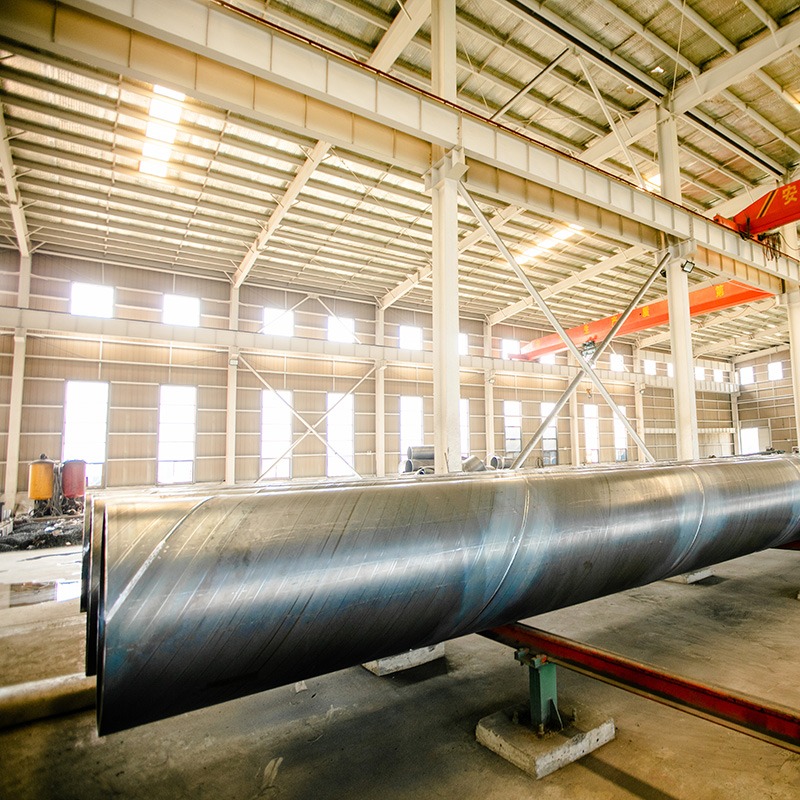The oil and gas industry plays a vital role in driving the economy and supplying energy in modern society. However, the environmental impact of oil pipelines is a growing concern. When exploring how to accurately grasp the environmental impact of oil pipelines, we must consider both the technological advances in pipeline construction and their wider ecological consequences.
Pipelines are used to transport crude oil and natural gas from where they are produced to refineries and distribution centers. The construction and operation of these pipelines can have significant impacts on the environment, including habitat destruction, potential leaks, and greenhouse gas emissions. Understanding these impacts is critical for stakeholders including policymakers, environmentalists, and the public.
One of the key factors in mitigating the environmental impact of oil pipelines is the quality of the materials used in their construction. For example, the ultimate choice for oil and gas transmission pipeline is a product of high quality with a wide range of styles. These pipes are manufactured using advanced manufacturing techniques such as spiral submerged arc welding, which provides unparalleled strength and durability. This not only ensures the safe transportation of oil and gas, but also minimizes the risk of leaks and spills that could have a devastating impact on local ecosystems.
The factory responsible for producing these high-quality pipes is located in Cangzhou, Hebei Province. Founded in 1993, the company has grown rapidly and now covers an area of 350,000 square meters with total assets of RMB 680 million. The company has 680 dedicated employees dedicated to providing reliable and environmentally friendly pipe solutions. Their focus on quality and innovation is essential to meet the environmental challenges posed by oil transportation.
To accurately assess the environmental impact of an oil pipe line, several factors must be considered. First, the route of the pipeline plays a major role in determining its ecological footprint. Pipelines that cross sensitive habitats such as wetlands or wildlife corridors pose a higher risk to biodiversity. An Environmental Impact Assessment (EIA) is essential to identify these risks and develop mitigation strategies.
Second, the possibility of leaks and spills must be considered. Despite advances in pipeline technology, accidents can still occur. The consequences of a leak can be catastrophic, leading to soil and water contamination, wildlife extinction, and long-term ecological damage. Therefore, companies must implement rigorous monitoring and maintenance programs to ensure the integrity of their pipelines.
Finally, the carbon footprint associated with oil extraction and transportation cannot be ignored. The burning of fossil fuels contributes significantly to climate change, and the oil industry is a major player in this. The transition to more sustainable energy sources is essential to reducing the overall impact of energy production on the environment.
In summary, understanding the environmental impact of oil pipelines requires a multifaceted approach that considers material quality, the ecological sensitivity of pipeline routes, and the broader impacts of fossil fuel consumption. By investing in high-quality pipeline solutions and prioritizing environmental responsibility, companies can play a key role in minimizing the ecological footprint of oil and gas delivery. As we move toward a more sustainable future, it is critical that all stakeholders engage in meaningful dialogue and action to protect our planet.
Post time: May-16-2025


